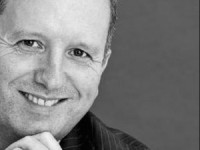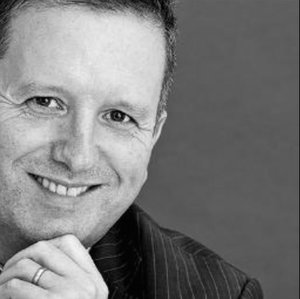 OUR conditioning – What is it? I suppose a good place to start is to firstly declare the type of conditioning I am referring to.
OUR conditioning – What is it? I suppose a good place to start is to firstly declare the type of conditioning I am referring to.
As the title suggests, I am not referring to hair, nor am I referring to the physical attributes of our bodies.
The specific type of conditioning I am concerned with here is our psychological conditioning.
This psychological conditioning is obviously connected with our thought processes and how we continuously repeat similar thought processes, right throughout our lives particularly when we are unaware or doing just this.
We are told that up to 90% of our thoughts are repetitive and useless to begin with. That would surely suggest that there is a lot of wasted energy going on here.
Long ago if a child asked his father – Who is God ? His father would more than likely reply – ‘Ask your mother’. Nowadays if a child was to ask his father the same question – Who is God? The answer would be ‘Google it!’
So when we ‘Google’ psychological conditioning we find – a response that occurs with increasing regularity in a well-specified and stable environment.
It gives the classic example of ‘Pavlov’s dog’ whereby a dog responds to the regular ringing of a bell by salivating as he knows that the bell is connected with food. Even when the food isn’t present the dog continues to ‘salivate’ as he connects the ringing of the bell with the supply of food. (Sidenote: that is why such fabulous smells emanate from many restaurants e.g. the smell of garlic cooking in order to whet our appetite!)
Thus it is an automatic associative response within the dog. This was first discovered by a Russian physiologist Ivan Pavlov (1849 – 1926), whose experiments earned him the 1904 Nobel Prize in Physiology and Medicine.
As human beings we have a distinct advantage over animals in that we have the ability to control our own thought processes. But to do this we must firstly become aware of the repetitive and useless nature of our thought processes.
As I said above even the useless waste of energy that results from this should be enough to spur us on to take action.
Furthermore on examination we should become aware of how enslaved we are as human beings to these repetitive useless thoughts. This is where our habits arise from and it is these very habits that are now being tried and tested in every fitness class and dieticians course every January.
It might seem like I’m being negative but I’m not – I’m simply pointing out that if we don’t take control over our own minds and thought processes to create positive habits then all of these ‘New year fads’ are as useful as ‘an ashtray on a motorbike’!
All of this has to do with our mental conditioning and when we realise this and take action to change it, then it can be the best life-changing decision that one will ever make.
The next obvious question I can hear you asking is – Roger – ‘how do I do this?’ Yes again you’ve guessed it – the easiest and most accessible way to do this is Meditation.
Meditation firstly makes us aware of our own thought processes and how jumbled, uncontrolled and random our thought processes are.
This is commonly referred to as ‘The Monkey Mind’ Once we become aware that this is going on inside us we can begin to control it.
Firstly there is awareness and then there is action – very simple – thus we being to take control of our own conditioning and our own minds!
The man who acquires the ability to take full possession of his own mind may take possession of anything else to which he is justly entitled. – Andrew Carnegie
• Next week I am going to write about – The Monkey Mind

